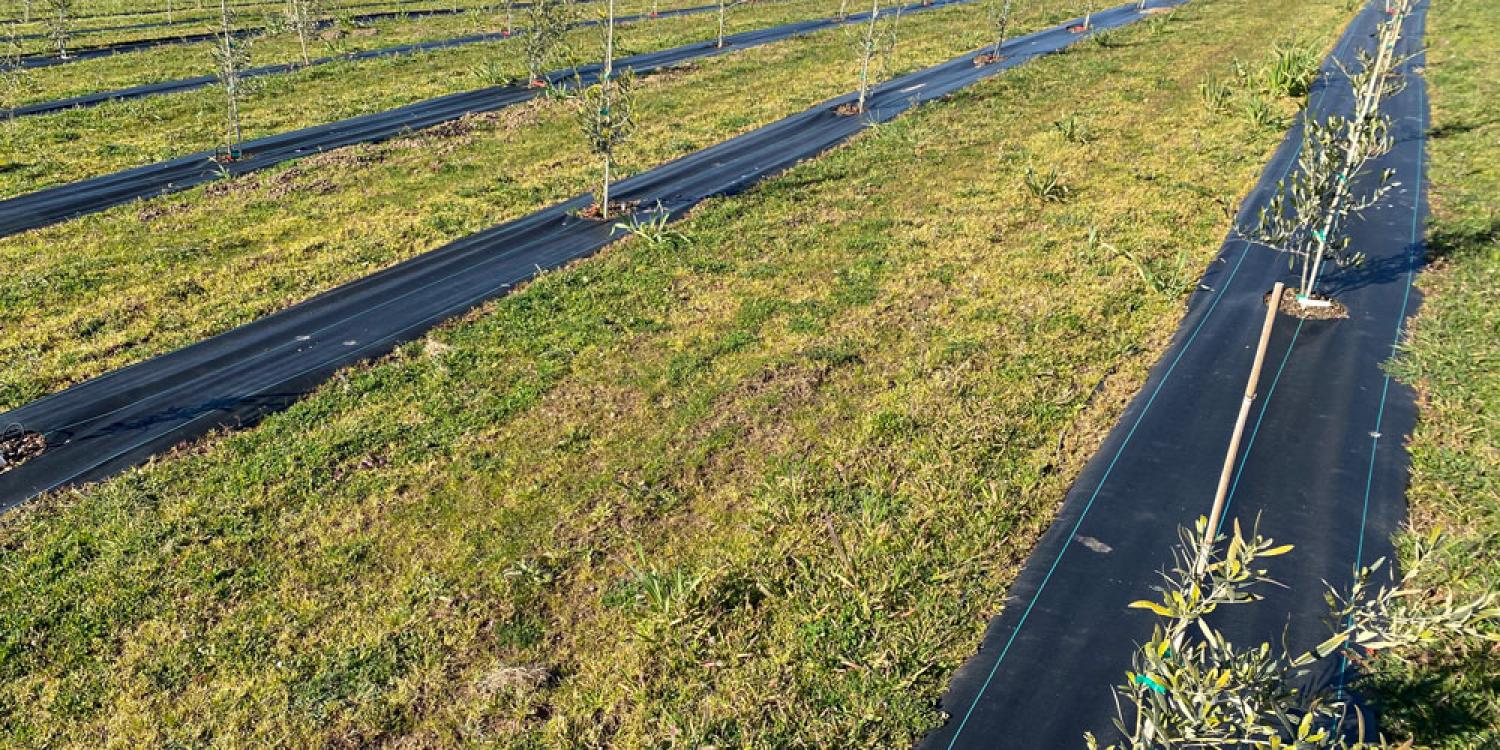
Interest in growing olives, a high-value specialty crop, grows by the year in Oregon. Yet, research-based information about the feasibility of growing olives in the state doesn’t exist. Research is essential due to climate and environmental conditions that directly affect plant survival.
Two limitations keep the industry from becoming established – low winter temperatures and a relatively short season to ripen fruit. Most olives are produced in milder climates and relevant information on the resistance to winter damage of hundreds of olive cultivars is needed so that a new industry can be successful. Cultivars sufficiently resistant that produce quality fruit in Oregon’s shorter ripening season must be identified and growing techniques refined to adapt to the state’s conditions.
In response, Oregon State University Extension Service and Oregon Agricultural Experiment Station, with strong support from Oregon’s fledgling olive industry, started Olea: Olive Research for Oregon. Joining Neil Bell, Extension horticulturist and professor of practice in the College of Agricultural Sciences, on the project are Heather Stoven, Extension horticulturist, and Hayley White, agriculture program coordinator in Marion County. The goal is to help make olive production in Oregon economically feasible and to select cultivars best adapted to the region and produce high-quality fruit.
To address this, cultivars from the U.S. Department of Agriculture Germplasm Repository in Davis, Calif., were obtained as cuttings or small plants. Hundreds were propagated to have enough for a replicated, multi-yield field evaluation at the North Willamette Research and Extension Center (NWREC) in Aurora. Once the cultivars were rooted, they were potted into 1-gallon pots in early 2020 through spring of 2021.
As a result, in July 2021, a 1-acre field was prepared with weed mat and drip irrigation to ready it for planting. Bell propagated 118 cultivars with four plants per cultivar for a total of 420 plants. The plot was irrigated during the warm summer months and lightly fertilized in early August. Data collection will involve measuring plant growth, flowering, fruit set, yield, fruit quality and cold injury. During and following the research project, information will be shared to industry stakeholders, existing and potential growers and the general public through tours, visits with growers, classes and media.
Bell has participated in many meetings, including Durant Olive Fall Festival, Olive Master Class and the OSU Extension Small Farms Conference. An olive field day was held at NWREC in spring 2021 with record attendance by growers. Bell’s growing expertise has been a valuable tool for growers, who consider the project very valuable to their future success. Industry support remains strong.